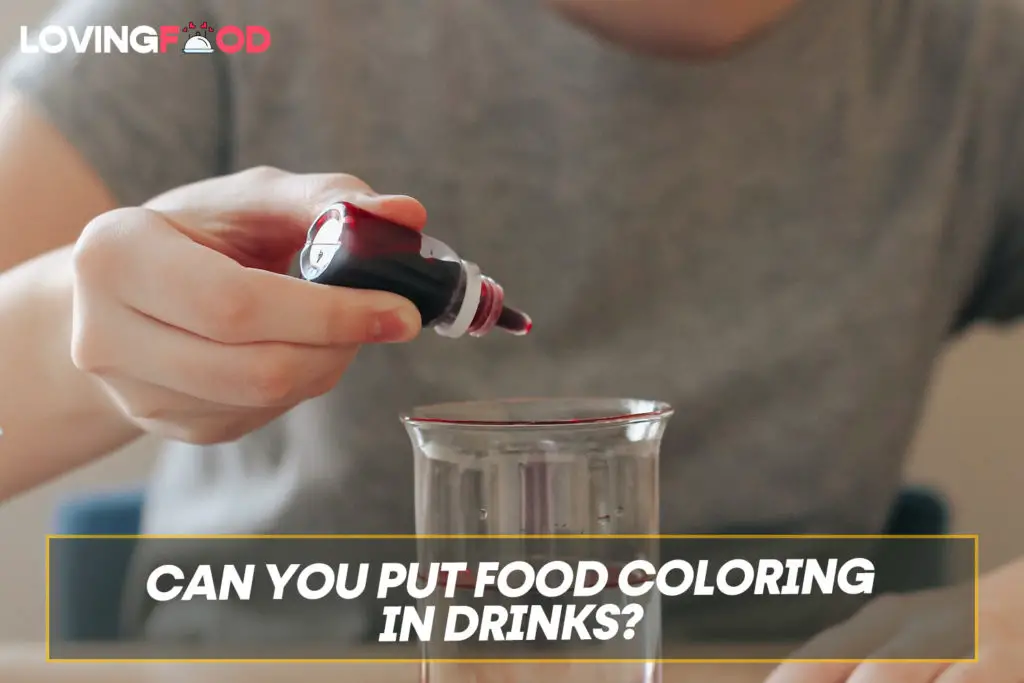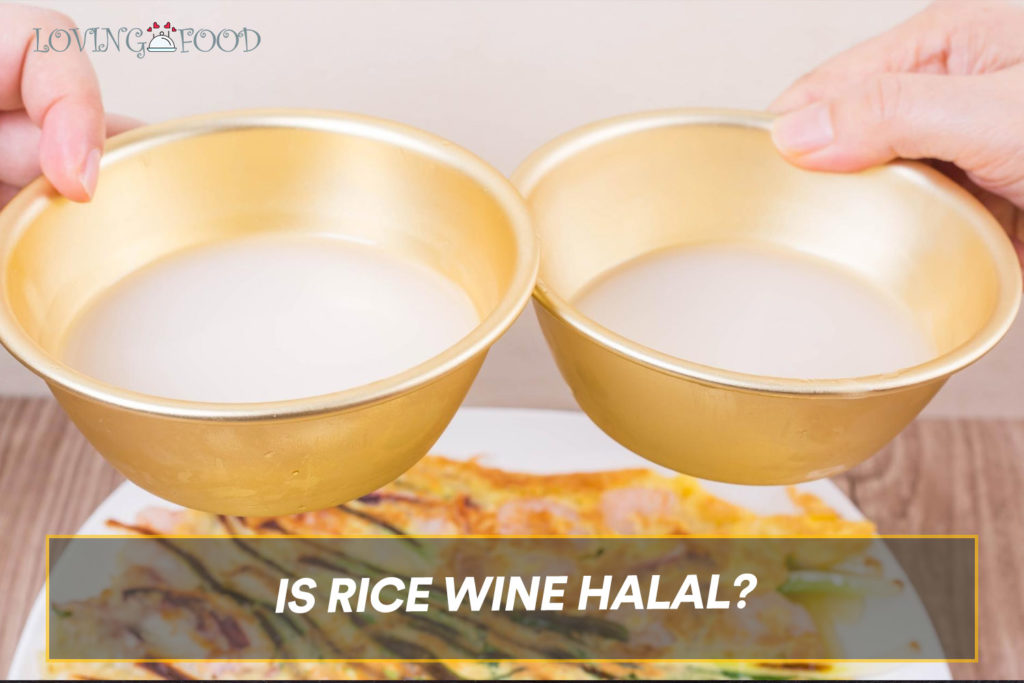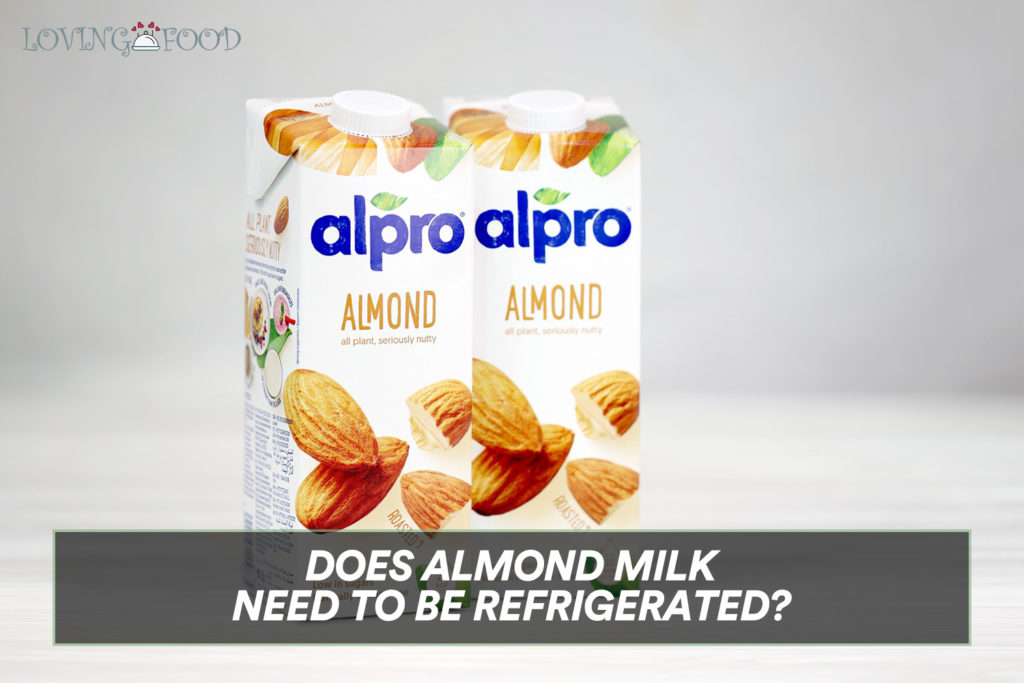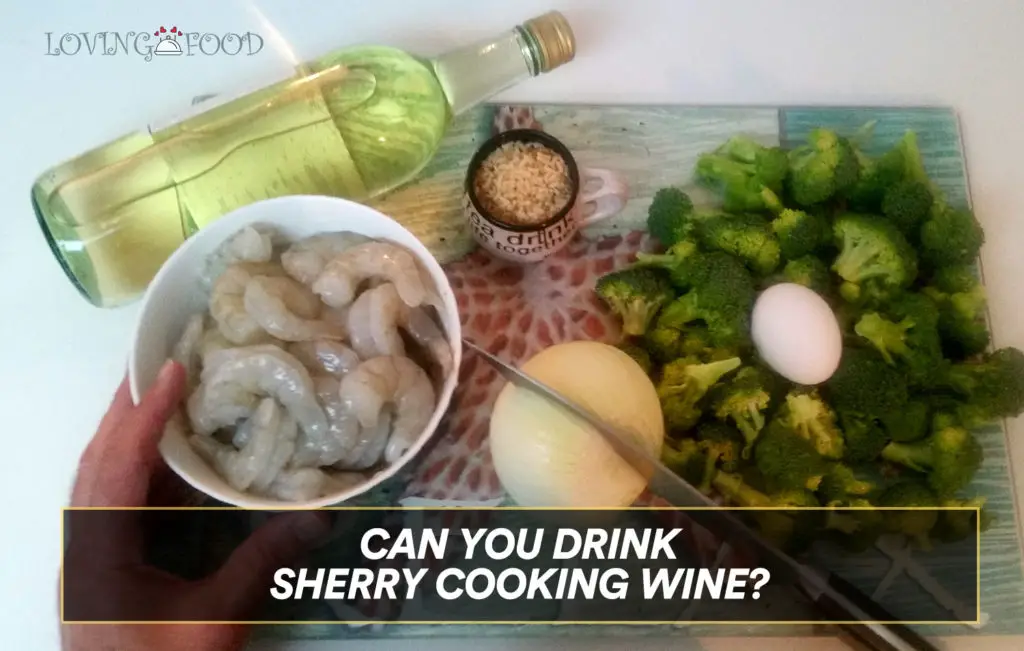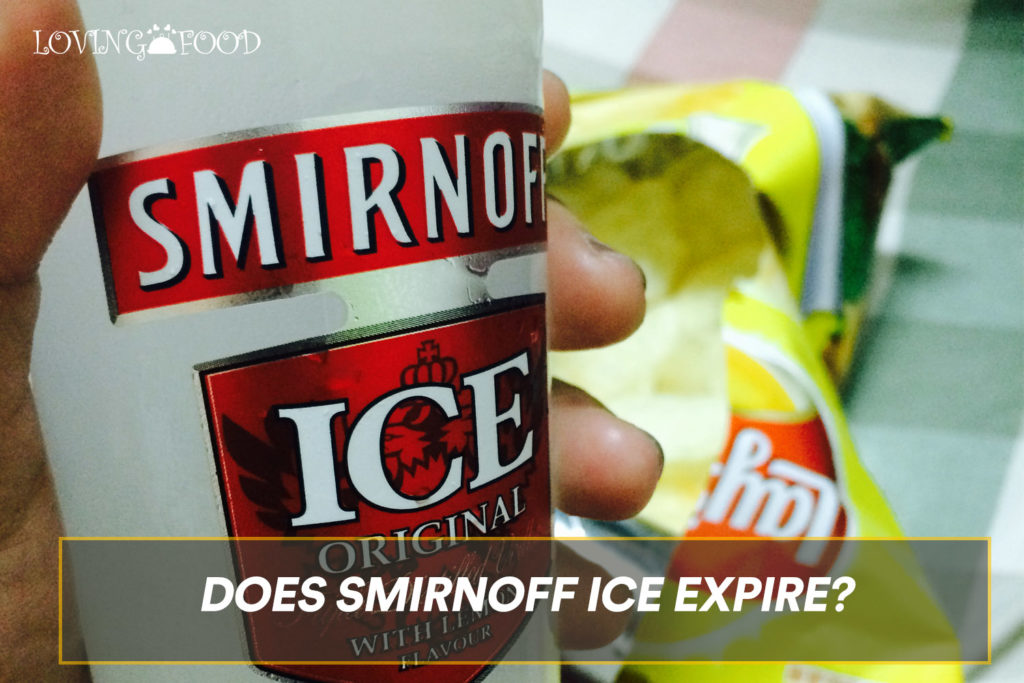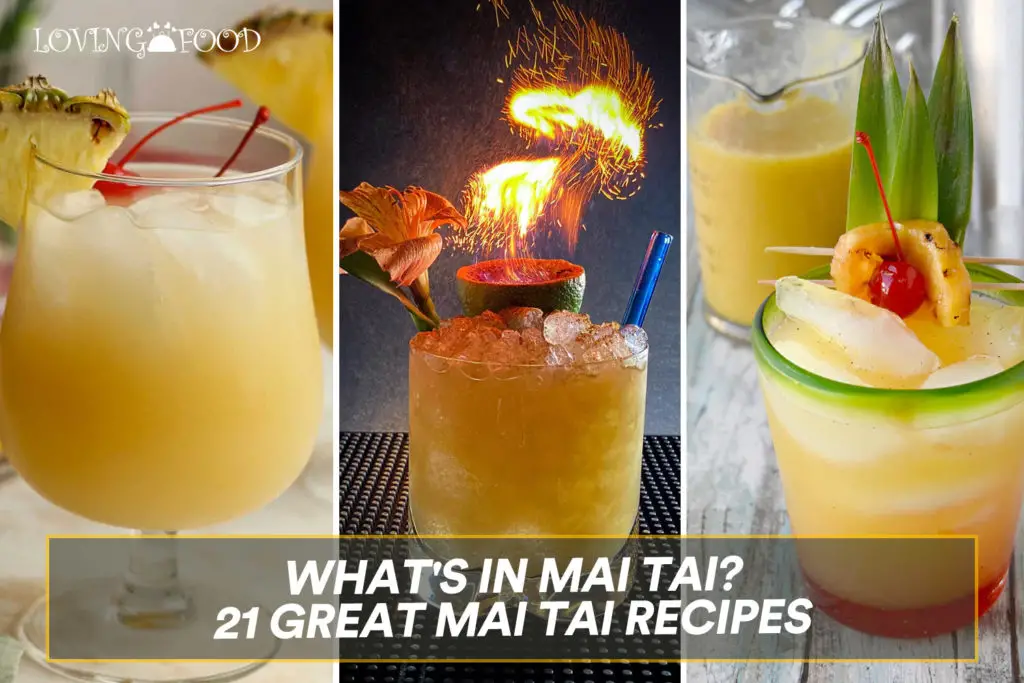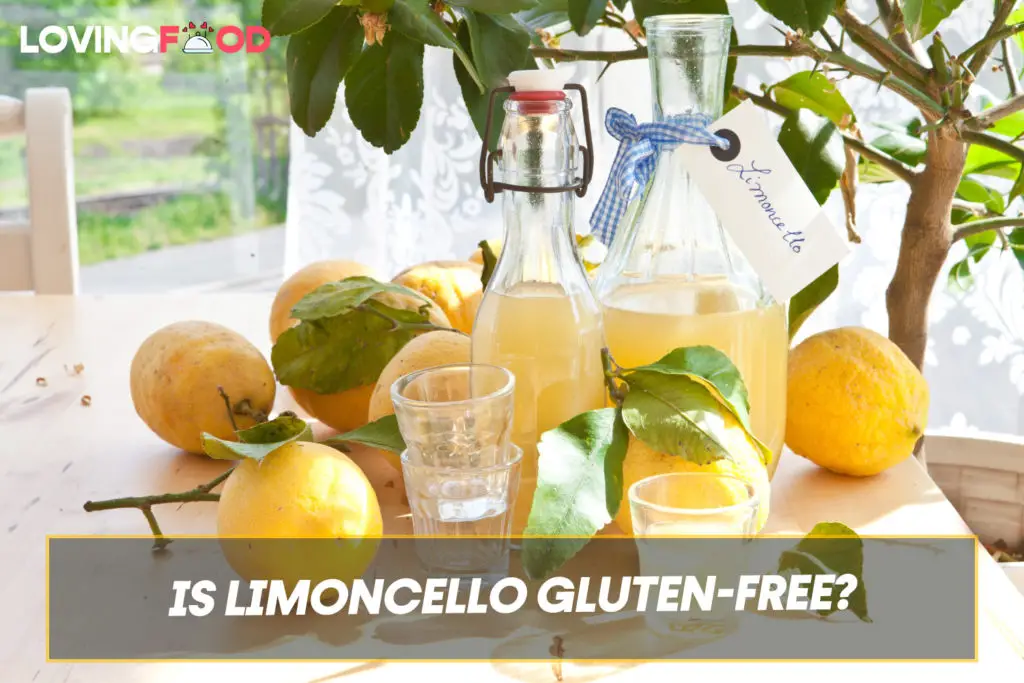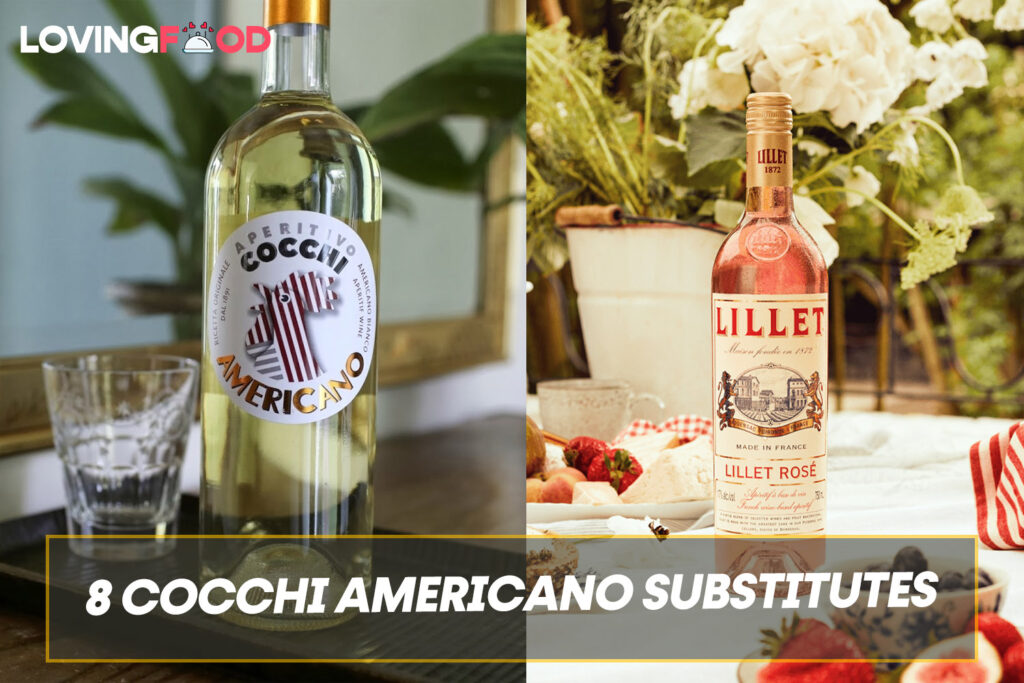Food coloring has been a part of our culture for a very long time. It can be found in practically all of the food we eat every day, including cakes and other pastries as well as other meals.
While we are appreciative of food colorings since they make meals more appealing, especially to children, it’s crucial to understand what you can and cannot do with them. Due to this, we shall address the query, “Can you add food coloring to drinks?”
Yes, you can put food coloring in drinks, however, there are cautions on what type of food coloring to put, how to use it, and in what quantity to use.
Natural And Artificial Food Coloring
Both natural and artificial food colorings are present and in use for human consumption. However, due to natural food coloring’s inability to provide the desired brilliant and beautiful hues, artificial food coloring is frequently used.
Chemicals used to color food were invented specifically for this purpose; coal tar, which comes from coal, used to be the source of artificial food coloring.
However, this has altered throughout time, and today, petroleum or crude oil is mostly used to make and obtain artificial food coloring. Although some critics have claimed that there is no difference between this and consuming coal, there is proof that the final test that was conducted revealed that there is no sign of petroleum in the finished product of synthetic food coloring.
In recent times, we have discovered that food coloring, although it was known to have been added to food alone to enhance its color, has also been used in drinks. Food coloring in drinks serves the same purpose as putting food.
While it will change the color of the food or drink, the food coloring will not change the taste of your food or drink. In most cases, food coloring is often added to drink to make it look more festive.
Does This Mean Food Coloring Is Safe In Drinks?
Yes, food coloring has undergone testing to see whether it is safe for human ingestion, particularly in drinks. Knowing whether food dyes are safe to consume in drinks can be confusing.
This is because, even though food regulatory agencies like the European Food Safety Authority (EFSA) and the US Food and Drug Administration (FDA) have said that the food colorings are safe and do not pose any major health risks, it can be difficult to rely on this information.
After all, some food colorings are prohibited in some nations while being deemed safe in others. It is advised to only use a minimal amount of food coloring in foods and beverages.
Danger Food Coloring Pose To The Human When Consumed
Here are some issues using food coloring can cause.
1. Hyperactivities In Children
Many years back, it was noted by a pediatric allergist that food colorings can be the cause of hyperactivity and learning problems found in children. While this wasn’t backed with tangible scientific facts.
In later years, it was also discovered that a group of children with ADHD showed a decrease in the symptoms when the food colorings were removed from their diet.
Many other types of research have followed, although the FDA and EFSA both state that there is little to no evidence of the relationship between hyperactivity and food coloring.
2. May Contain Cancer-Causing Contaminants
Although after much testing and checks, no toxicity that can cause harm to the human body was found in food colorings. However, there have been some issues with some cancer-causing contaminants that are present in some of the colors.
Certain food colors contain these cancer-causing substances, known as Benzine, 4-aminoazobenzene, and 4-aminophynl. These are core cancer-causing substances and they are present in some food coloring.
However, they are not regarded as harmful because they are present in small quantities.
3. Allergies
Some food coloring can cause allergic reactions. Some food colors have been identified to cause allergic reactions in consumers.
Such as hives and asthmatic reaction, swelling, etc. it was also noted that individuals who are allergic to aspirin have a high chance of being allergic to the food coloring known as Yellow 5.
While it has been established that these allergic reactions do not pose any life-threatening harm, they should be avoided.
Common Food Colorings Used In Food And Drinks
- Red 40(Allura Red): This is a dark red color, often used in candy, condiments, cereals, and sports drinks.
- Red 3(Erythrosine): Red No 3 is a cherry-like red color. This is mostly used in popsicles, cake decorations, and candy.
- Blue 1 (Brilliant Blue): The blue 1 color gives the food or drinks a greenish-blue color and it is mostly used for canned peas, packaged soup, ice cream, icing, and popsicles.
- Blue 2 (Indigo Carmine): Blue No 2 is the royal blue coloring. Commonly found in ice cream, cereal, snacks, and candy.
- Yellow 5 (Tartrazine): This gives the lemon-yellow color and is often found in candy, soft drinks, popcorn, cereals, and chips.
- Yellow 6 (Sunset Yellow): The yellow 5 color gives the orange-yellow color which is commonly found in drinks, preserved fruits, baked goods, sauces, and candies.
Frequently Asked Questions
Is It Okay To Drink Water With Food Coloring?
Yes, you can add food coloring to your drink, as there is no scientific evidence that it causes cancer or poses any health risk. However, we recommend that you take it in small quantities.
Can I Drink Food Coloring?
While adding food coloring to drinks or water is considered safe, we do not recommend drinking food coloring alone, even though it is approved by the FDA to be safe. This is because you could be consuming highly processed chemicals.
Can Food Coloring Make Me Sick?
Yes, there is such a thing as food coloring allergies and this includes Throat tightness, also known as anaphylaxis, vomiting, behavioral changes, abdominal pain, diarrhea, etc.
Will Drinking Food Coloring Change The Color Of Your Pee?
Yes, eating or drinking food with high content of food coloring can cause your urine to be blue or green.
Can You Use Gel Food Coloring In Drinks?
Yes, however, gel food coloring is more concentrated than other types of food coloring and will give you a bright and vibrant color, it is advised that you only make use of a little. In addition to this, water-based liquid food coloring is easier to find.
Final Thoughts
While food coloring may not pose any harm to you when added to drinks, there are cautions to take when considering this.
You should only use a little as food coloring is already prominent in many processed foods that are consumed and an excess of it can pose a health risk to the individual.
We, however, recommend that food dye should not be used often in food, and drinks.
